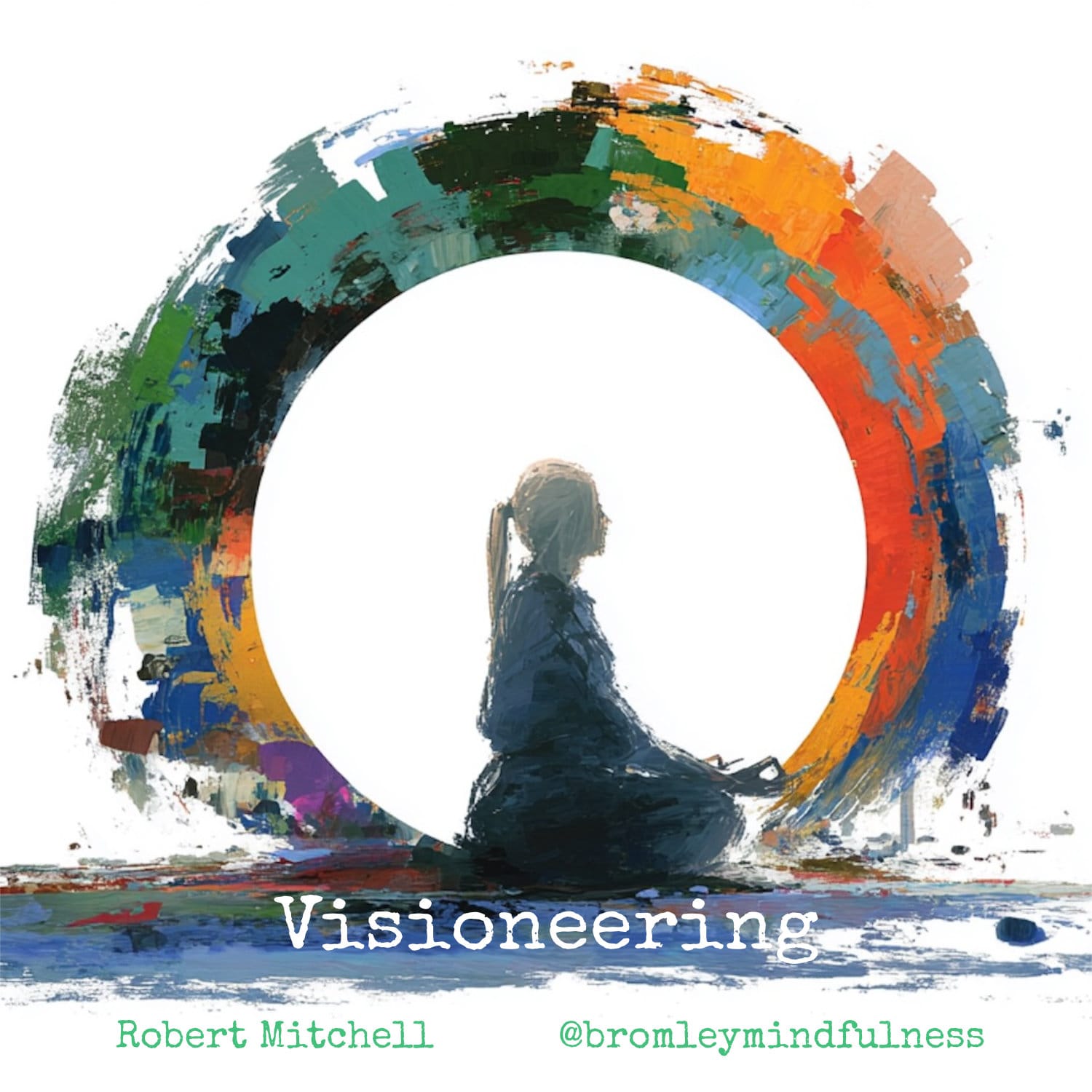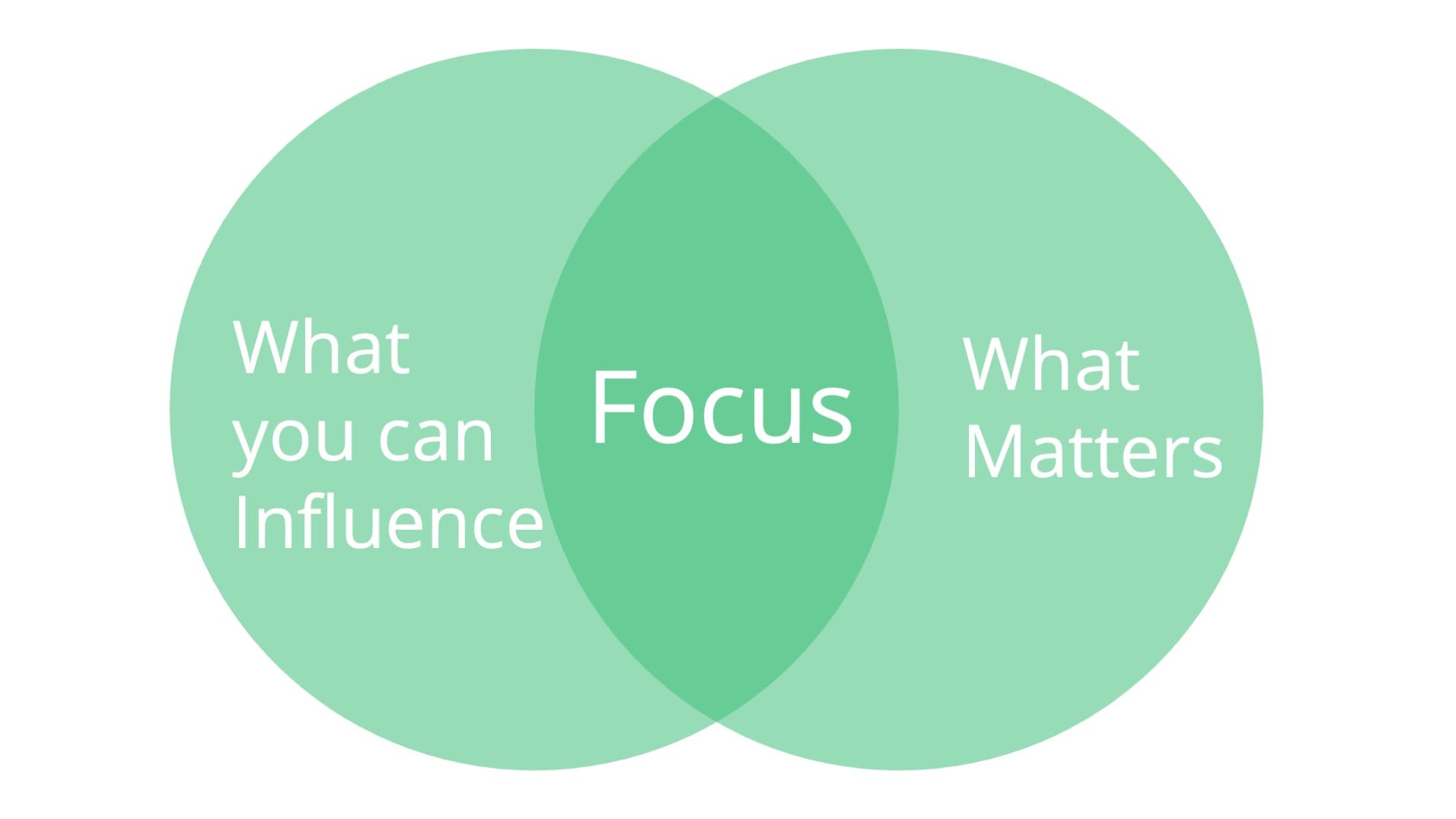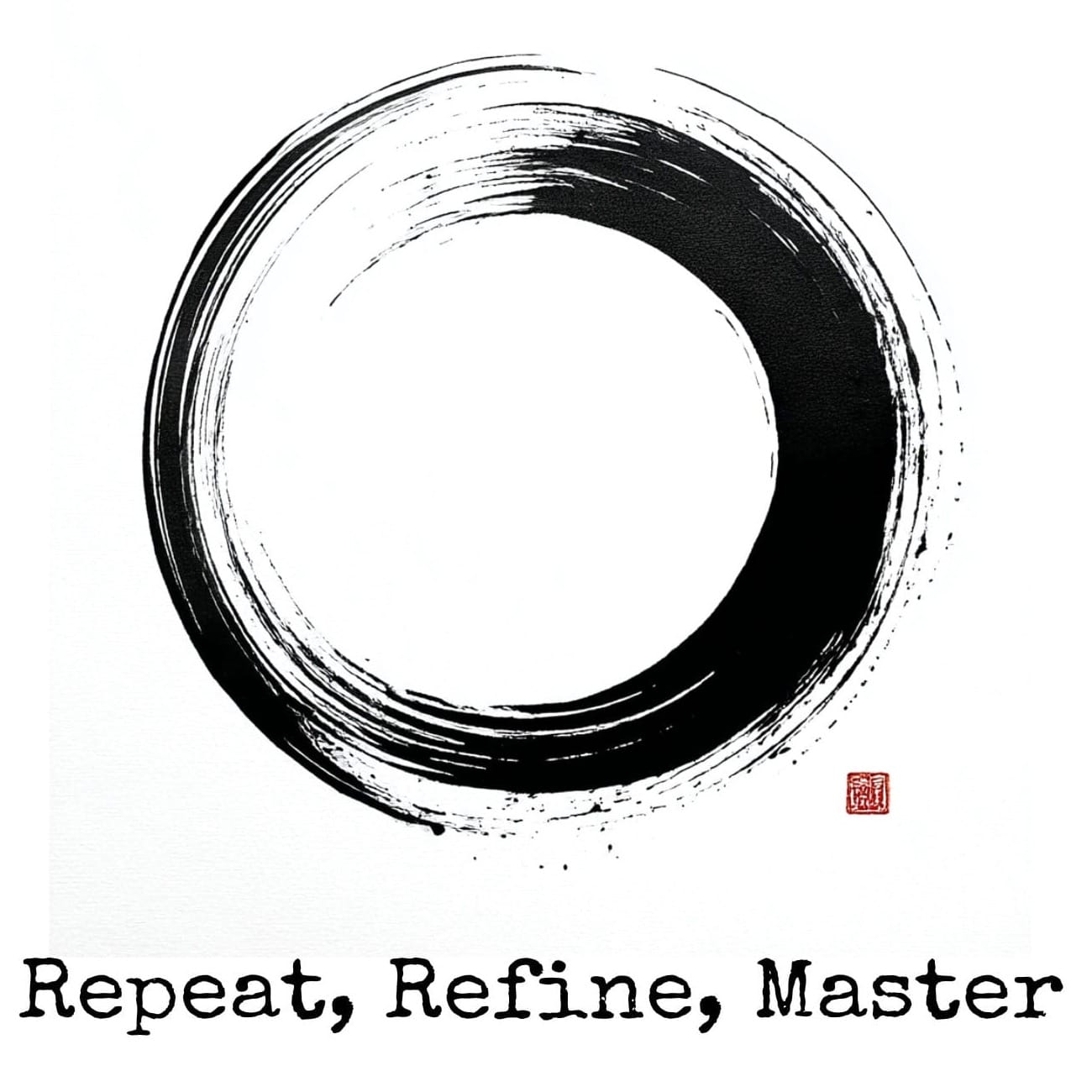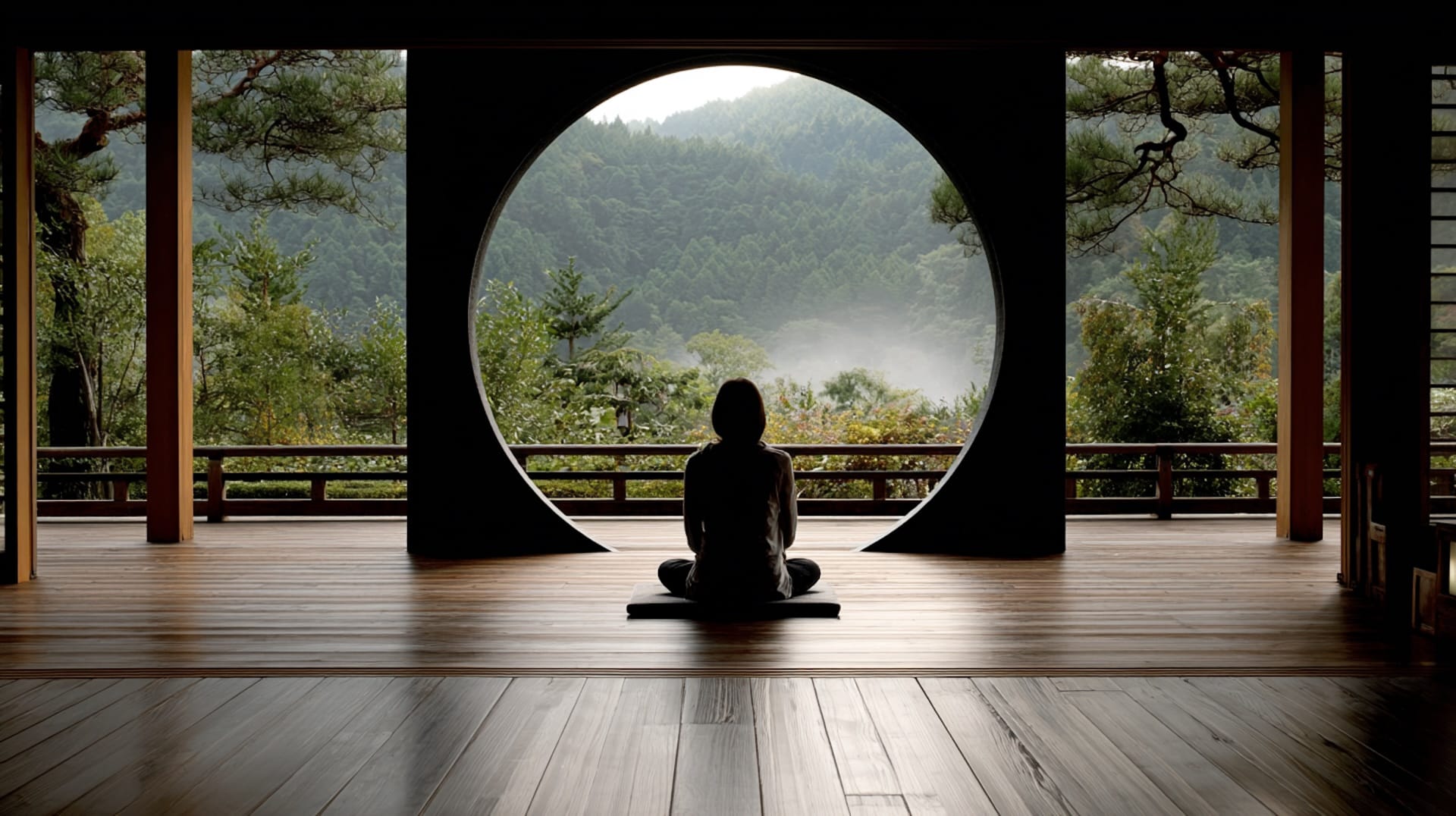Hi everyone.
I am working through the principles of Kaizen as social media micro learning articles., combining it with the principles of mindfulness and meditation to construct what I call Personal Kaizen, which is a set of principles we can apply to improve choice and action in our daily lives.
In last week's Weekly Insight, I explained Kaizen and discussed its key principle which is 'continuous improvement'.
Continuous improvement through making small sustainable changes is the foundation on which all the other Kaizen principles rely.
If you didn't get a chance to read that or you'd like to remind yourself, you can read that article by clicking here.

Here are this week's micro learning articles on Personal Kaizen

Principle 2 Visioneering
In traditional Kaizen, we obsess over clarifying customer needs. But when applying Kaizen to personal development, YOU become the customer.
Your job as a Personal Kaizen practitioner is to align your daily practices with your deepest goals—whether it’s reducing stress, sharpening focus, or cultivating mindfulness. But how do you know what to prioritise?
That’s where visioneering comes in!
Visioneering is the art of crafting a vivid future vision that acts as your guiding star. It helps you clarify what truly matters, so you can make choices, drop distractions, and optimise your life for growth. Without a clear vision, it’s hard to know what to improve or let go of.

Principle 3. Refocusing
Eliminating waste is the third principle of Kaizen. Muda (無駄) is a Japanese term for any activity that consumes time and energy without adding value.
In Personal Kaizen, we can call this process 'Refocusing'. The Muda (waste) would be things like:
- Worry
- Rumination
- Doomscrolling
- Procrastination
- Perfectionism
- Toxic relationships
- Physical clutter
- Negative self-talk
- Comparison and Judgment
Habits are difficult to stop because they are either a substitute for fulfilment or part of a process of seeking fulfilment.
Fulfilment is the sense that all is well. That there is no need for anything other than what we already have.
Through Visioneering, which I explained in the Tuesday class, you can identify your life goals, and then any small change which moves you closer to those goals becomes a priority replacement for your time wasting.
Muda then becomes easy to identify.
Here are two simple mindfulness strategies that can help you break into these habits.
- Place 'present moment reminders' in the places where you normally ruminate. This can be a pebble or a Post-It note.
- Set yourself some reminders on your device to help you break into your habitual behaviours.
You can then apply the focus skills you learn in meditation and replace the unhelpful activities to move closer to your goals.

Kaizen - Principle 4. Standardisation
In Personal Kaizen, standardisation is building a baseline practice so you can measure progress and refine your skills. Whether it’s meditation, study, or sport, real growth happens by repeating the basics.
In my classes, I teach a variety of techniques—but I always return to the foundations. Why? Because that’s how we make continuous progress and notice it. If we constantly choose new practices, how can we observe progress? In addition to variety, we will consistently practice the basics throughout the week.
- Following the breath
- Counting the breaths
- Labelling thoughts
If it ain’t broke, don’t fix it. Instead—repeat it, refine it, and master it.

Personal Kaizen Principle 5 - Motivation
Principle 2 of Personal Kaizen is Visioneering(see above)—the process of building engaging life goals.
When you have clear goals it then becomes time to transform that focus into action through motivation.
Are you clear on your goal? Will you dedicate the time and focus, small though it may be, to improving the process that will bring you closer to that goal? Although once you have built a habit, it's relatively easy to repeat it, you initially need to make the change from the old way to the new way and recover from any relapses.
Remember that in Kaizen, we focus on making small changes. To implement Kaizen, you first need to identify a beneficial change and then find the motivation to consistently replace the old way with the new without reverting to your old habits.
To implement these changes, you need to be motivated enough to make them.
You can utilise the skills of mindfulness meditation to help you.
Here is an example.
Let's say you doomscroll as a way of procrastinating when you would actually prefer to study.
Mindfulness meditation trains us, through gentle repetition, to 'become aware' that we are lost in mind-wandering. This can also work when we are lost in a social newsfeed.
To make this change, set an intention to label the experience whenever you find yourself lost in a social feed. To label the experience, say out loud, or in your mind, "scrolling, scrolling." From there, you are in a better position to return to your studies.
The act of labelling gently acknowledges the lost focus, intervenes in the stream of thought or activity and resets your intention to refocus on your desired activity.
There is far more than just using labelling to help you work with this sort of activity improvement. This is just a simple example.
If you find an activity where you can use this technique, do let me know how it goes.
More in next week's insight on our Personal Kaizen journey
Check out the microlearning series on Twitter and Facebook. Just click on the links below. You can also post a comment below if you are a subscriber.


